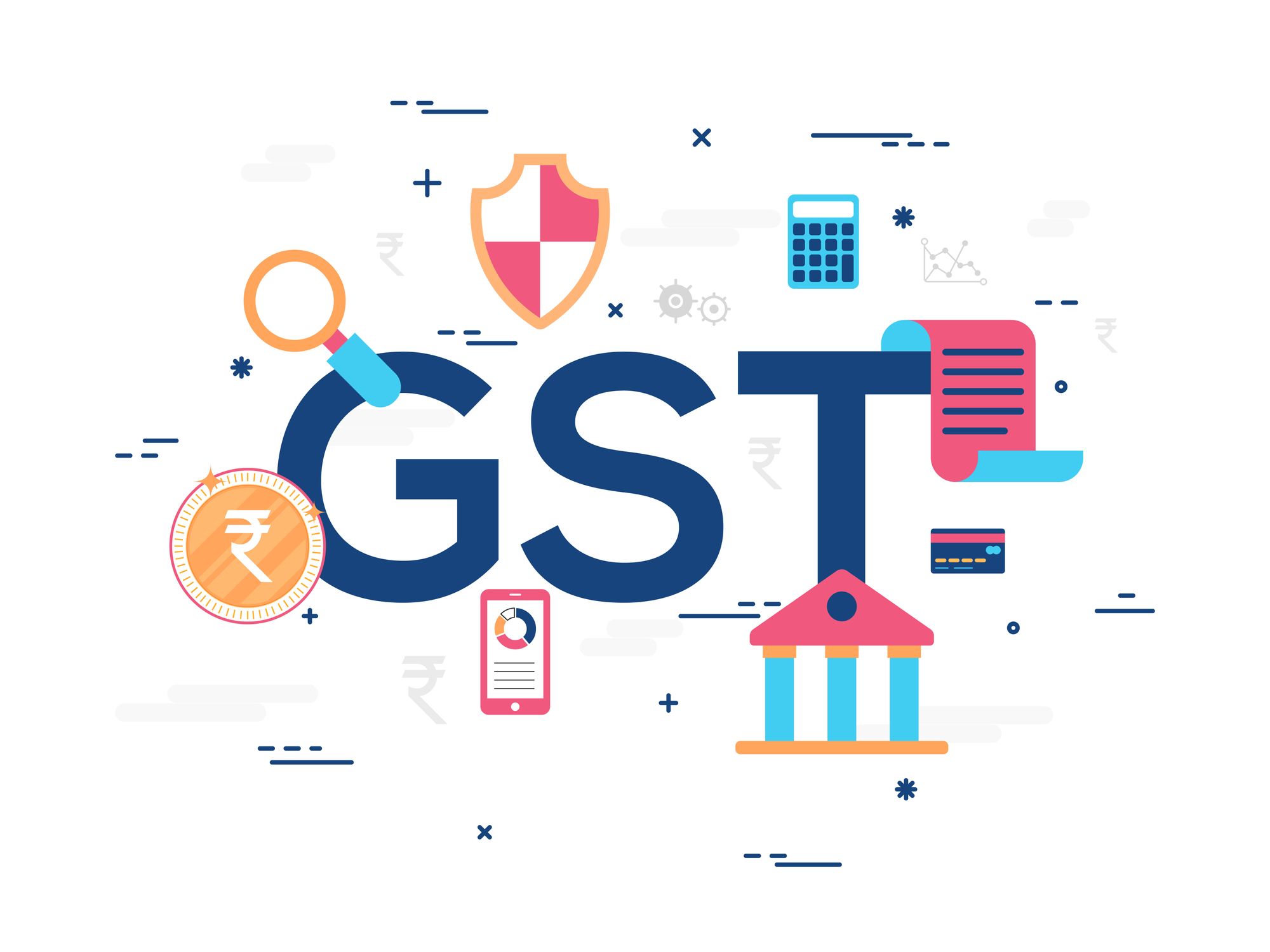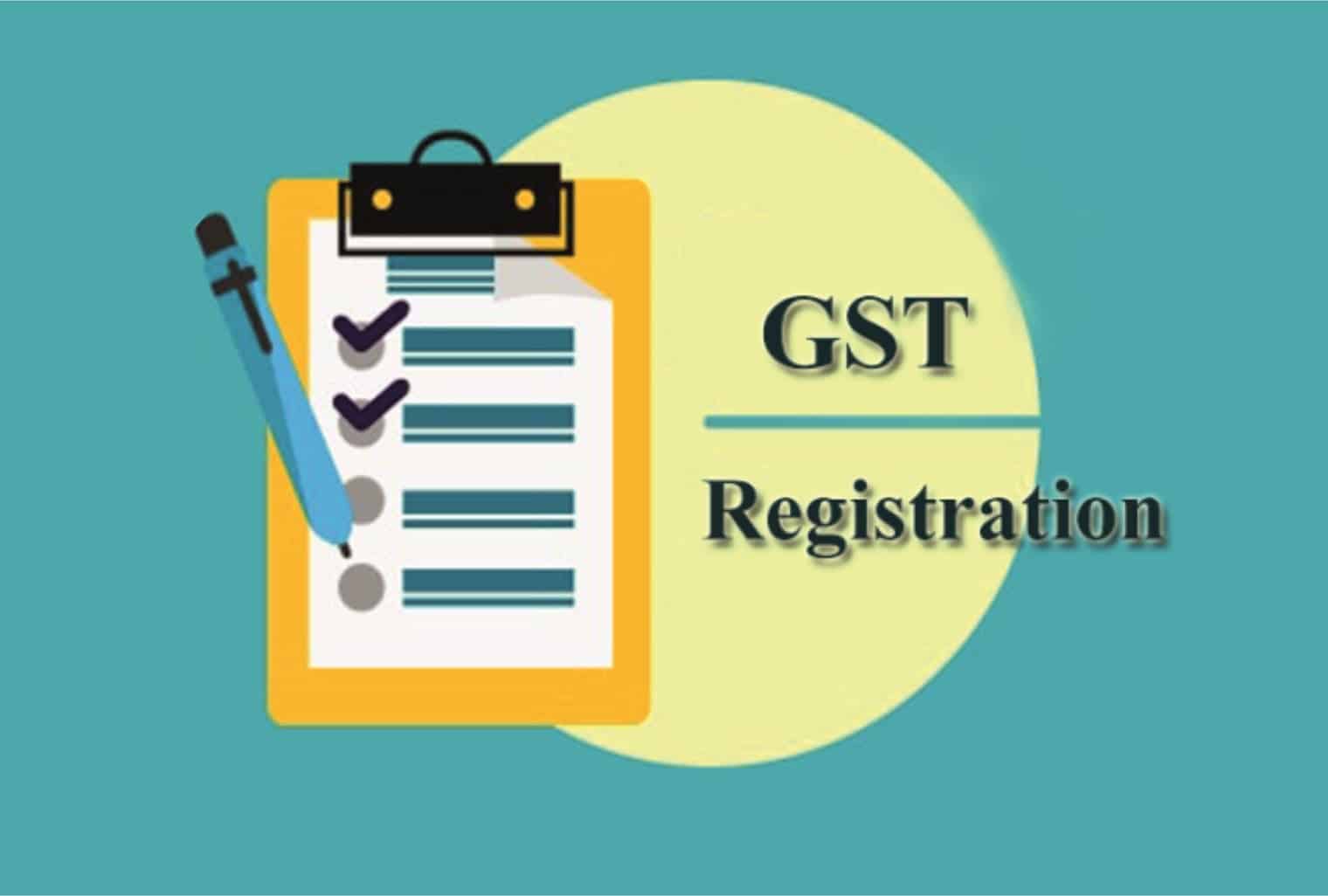Improving Your Singapore GST Registration: An Extensive Method
Improving Your Singapore GST Registration: An Extensive Method
Blog Article
Making The Most Of Tax Performance: Professional Tips on Navigating the GST Enrollment Maze for Small Companies
Browsing the intricate landscape of Product and Provider Tax (GST) registration can be a labyrinthine job for local business intending to optimize their tax obligation effectiveness. Recognizing the qualification requirements, meticulous documents requirements, strategic timing considerations, and proficient registration process pointers can dramatically influence a company's monetary standing. Compliance with GST laws is vital, and adhering to ideal practices can improve procedures and avoid potential pitfalls. In this conversation, we will explore skilled insights and workable advice that can empower local business to browse the GST registration maze efficiently and enhance their tax efficiency.
Eligibility Criteria
Qualification requirements for Small Company GST Registration incorporate specific criteria that companies need to satisfy to abide with tax obligation laws. To certify for GST enrollment, an organization has to have a yearly turn over going beyond the limit set by the tax authorities, which varies by country.

Documentation Needs
To efficiently complete the procedure of GST enrollment, small companies have to guarantee they have all essential documents in order. The needed documentation generally consists of proof of service registration or identity, address and unification evidence of business proprietor, photographs, financial institution account details, and evidence of the principal area of service. Additionally, companies require to supply information of their business tasks, including the services or products supplied. It is essential to make certain that all documents are precise, approximately date, and in the specified layout to stop hold-ups or denials during the registration process.
In addition to the obligatory papers, services may also be required to submit additional information based on their certain scenarios. This could include documents associated with partnerships, the authorization of signatures, or any kind of various other relevant arrangements. Keeping all required documents organized and easily available can improve the registration procedure and assistance services abide with the requirements successfully - Singapore GST Registration. Failing to provide the needed documentation might result in hold-ups or perhaps rejection of the GST enrollment application. Thorough focus to information and adherence to the documents standards great post to read are essential for a successful GST enrollment procedure for small businesses.
Timing Factors To Consider
Taking into consideration the vital paperwork requirements have been carefully addressed, the next crucial aspect for tiny companies embarking on the GST enrollment procedure is the calculated management of timing factors to consider. Timing plays a critical function in GST enrollment, impacting not just conformity however also economic facets of business. Local business require to very carefully intend the timing of their GST registration to optimize advantages and minimize possible threats.

Furthermore, businesses should align the timing of their GST registration with their operational preparedness. Ample websites prep work, such as updating bookkeeping systems and training team, is vital to seamlessly integrate GST demands right into day-to-day operations. By purposefully taking care of timing considerations, local business can browse the GST enrollment procedure efficiently and optimize their tax obligation performance.
Registration Process Tips
Successfully navigating the GST registration process requires little services to apply tactical and aggressive enrollment procedure suggestions. This includes organization enrollment records, proof of address, bank statements, and identification evidence of the business owners.
Additionally, understanding the thresholds and needs for GST enrollment based upon the specific state or territory where business runs is essential. Some states have various turn over limits that trigger necessary enrollment, so being educated about these thresholds can assist organizations plan ahead.
Another important idea is to take into consideration seeking professional assistance from accountants or tax specialists that concentrate on GST enrollment. Their knowledge can improve the process, decrease errors, and guarantee conformity with all guidelines.
Compliance Finest Practices
Tiny businesses need to focus on conformity to stay clear of penalties and preserve an excellent standing with tax authorities. Small service proprietors ought to routinely evaluate federal government standards and look for professional guidance if required to guarantee they are fulfilling all requirements. By integrating these conformity ideal techniques right into their procedures, small companies can navigate the complexities of GST registration with self-confidence and performance.
Conclusion
To conclude, small companies can navigate the GST registration labyrinth by ensuring they fulfill qualification standards, collect called for documents, take into consideration timing implications, comply with registration process suggestions, and comply with compliance best practices. By making the most of tax efficiency through proper GST enrollment, organizations can boost their monetary management and procedures.
Browsing the complex landscape of Product and Solutions Tax (GST) enrollment can be a labyrinthine job for little companies aiming to optimize their tax obligation effectiveness.Eligibility needs for Small Organization GST Enrollment include specific criteria that businesses must meet to conform with tax policies. The needed documents generally consists of evidence of company registration or address, identity and incorporation evidence of the company proprietor, photos, financial institution account details, and evidence of the major place of organization. Additionally, organizations need to provide information of their organization activities, consisting of the products or solutions supplied.Successfully navigating the GST enrollment process needs tiny services to apply calculated and aggressive registration procedure tips.
Report this page